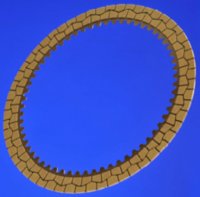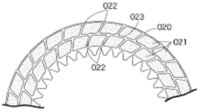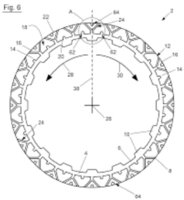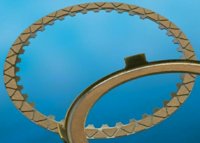Barnett clutch plates arrived. It's been over 40 years since I've ordered plates from them. Newer Kevlar pads on them now. This oughta be interesting.

I'm very happy about the tabs. Just the right width to properly fill the basket's slots. Other aftermarket plates I've examined have tabs that are several thousandths narrower, potential for plate rattle. And, the Barnett tabs are straight and smooth.

Still waiting on more parts...
I'm very happy about the tabs. Just the right width to properly fill the basket's slots. Other aftermarket plates I've examined have tabs that are several thousandths narrower, potential for plate rattle. And, the Barnett tabs are straight and smooth.
Still waiting on more parts...







